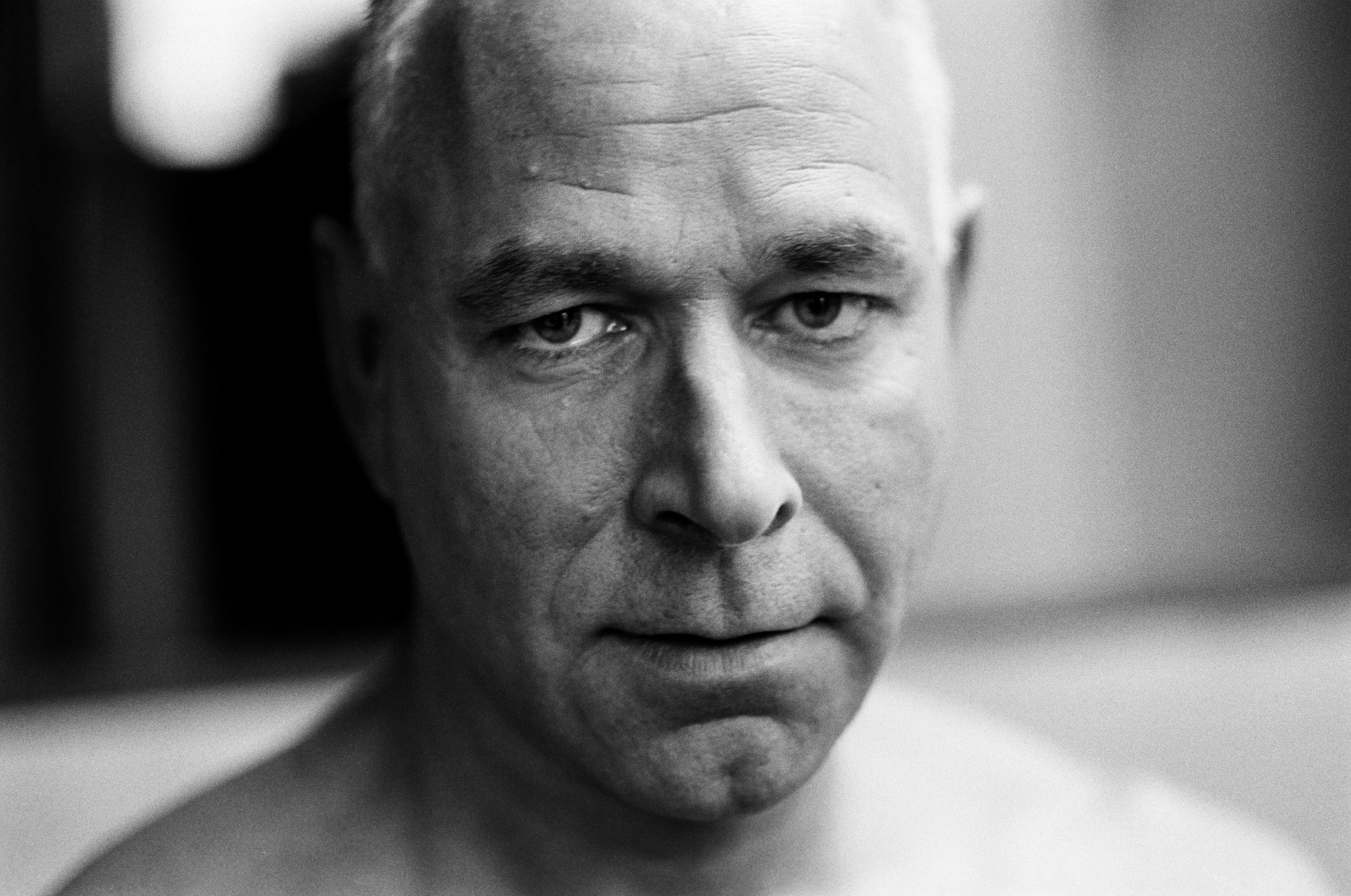Skate photographer Blair Alley is always in motion. In a new book, he brings things to a standstill
San Diego has always been a skate town. As far back as the 1940s, groms of La Jolla’s WindanSea Surf Club were tacking wheels to their longboards. By the time Tony Hawk was landing 900s in the late 90s, Blair Alley was out in the streets capturing would-be rippers go nose first onto double-kinked handrails, a la Brandon Turner.
Despite being born in Alabama, skateboard photographer Blair Alley is undeniably a San Diegan. When I met him in his neighborhood of Normal Heights, he was wearing a cap vividly displaying the Padres’ Swinging Friar armed with a jerry can of petrol, setting the Los Angeles’s Dodgers logo ablaze in true “beat L.A.” fashion.
Raised in the Suburban sprawl of Rancho Penasquitos, Blair found refuge in the 90s street skate scene. Mount Carmel High School and the surrounding strip malls were open-air kitchens for trick experimentation.
A contact sheet of Skateboarder Wes Kremer.
“I just loved it. In high school, it just seemed like the better life choice, being an outcast, hanging out with the skaters,” Blair said. “Partying didn’t matter, I just wanted to spend my weekends skating.”
Out of that obsession came his urge to document it. Drawing inspiration from action prints in Transworld and Big Brother magazine, he began shooting and processing his own monochromatic film negatives as part of a high school photography elective. In the darkrooms of his youth, he knew he was meant for a life behind the lens.
Ando Caulfield in San Francisco in 2023
Tommy Sandoval in 2020
Blair’s newly released photobook 20 Years 100 Portraits (2004-2024) is a compilation that pulls away from the curb grinds and aerials. It’s an intimate look at the titanium minds that have chosen a life on urethane wheels.
As a 20-year veteran photographer for TransWorld SKATEboarding, he found that “skate photographers rarely take the time to snap quality portraits … they’re always focused on the more kinetic shots, so skaters are notoriously uninterested in being the subjects of portraits.”
With decades spent tailing pros as they pedaled asphalt around the world, Blair honed in on the intimate moments in between, whether it was Bam Margera in an airport smoking booth during a layover or San Diego Olympic hopeful Cordano Russell’s stillness in portraiture.
Cordano Russell
A teacher once told him, “black-and-white photography provides an abstraction of reality.”
The book’s noticeable emphasis on black-and-white film portraits, some developed at Safelight Labs, allows the observer to forge a connection, a relatability, to an elite class of athlete. At the end of day, they’re only human.
Jaime Owens, former editor in chief of Transworld
JD Martin in Upstate New York
Andrew Arthur in Upstate New York in 2023
In the case of Blair’s prints, all anyone can see is the skater’s humanity in its purest form.
“Prior to smartphones and social media, you could get much more candid, honest photos of people. I think that's really changed,” Blair said.
Blair’s book finds a happy medium. Even in the stark, posed portraits, the images offer an unvarnished window into the lives of skaters chasing their half-pipe dreams.












